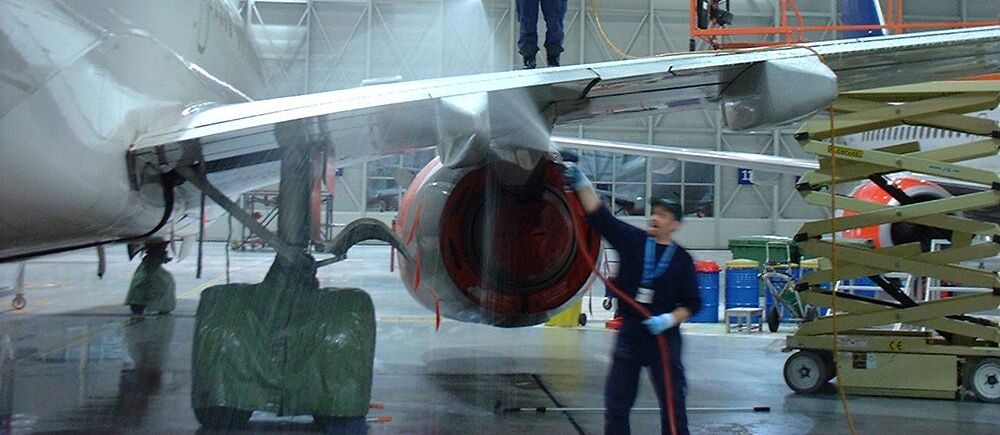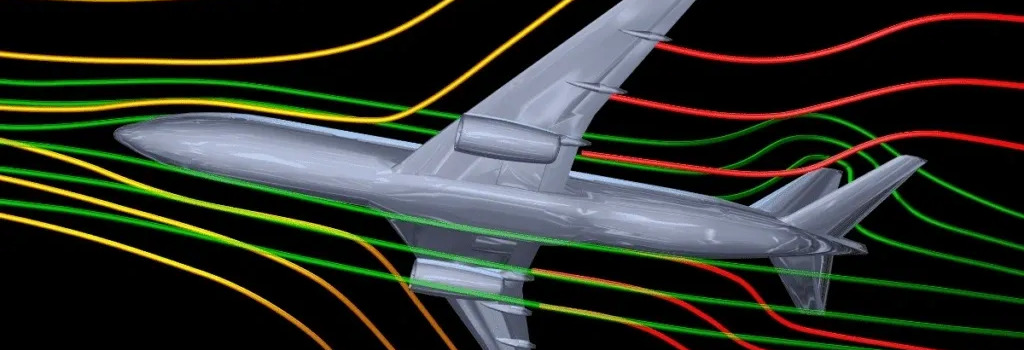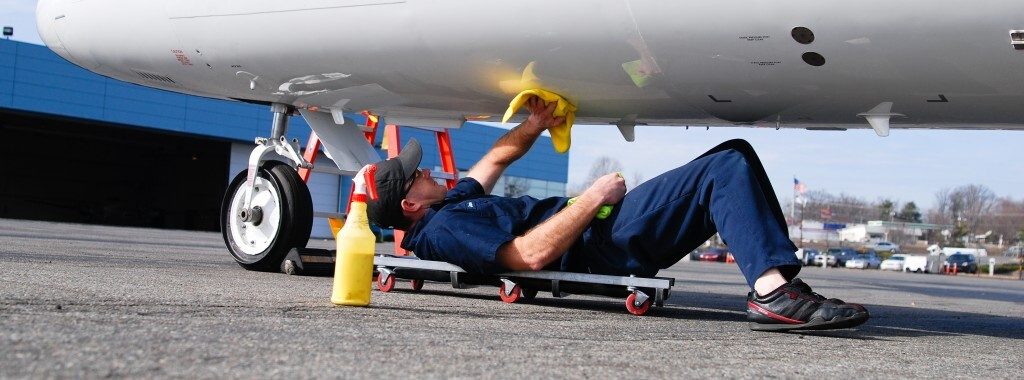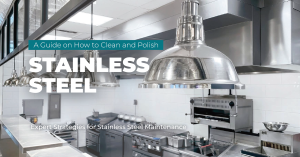
The challenges persisting in the aviation industry, particularly the escalating costs of aviation fuel, have prompted numerous maintenance, repair, and overhaul (MRO) service providers and airlines to seek enhanced operational efficiency and streamlined processes to mitigate fuel expenses. Amidst the endeavors to economize, certain strategies, such as taking into account the aerodynamics of an aircraft and incorporating regular aircraft exterior cleaning, have emerged as noteworthy contributors to these initiatives.
In specific regions, jet fuel expenses have surged by a staggering 90% since the onset of 2022, a substantial concern given that fuel constitutes a significant portion, approximately 25%, of overall operational costs for airlines. In the relentless pursuit of cost savings, the aerodynamics of an aircraft, along with proper exterior cleaning, emerges as a pivotal factor. Surprisingly, a well-maintained aircraft can significantly impact fuel efficiency, with a freshly washed aircraft alone contributing to savings of approximately 0.5%. This seemingly modest percentage equates to roughly half a tonne of jet fuel, emphasizing the tangible impact of aerodynamic considerations and aircraft exterior cleaning on fuel conservation.
Aerodynamics Impact on Fuel Efficiency

Weight
Firstly, the weight of an aircraft is an important factor contributing to higher emissions. When an aircraft is heavier, it requires more energy to lift off the ground and maintain flight. This increased energy demand often results in more fuel burning, leading to higher emissions of greenhouse gases and other pollutants. In the context of growing environmental concerns and the aviation industry’s focus on sustainability, managing aircraft weight is crucial to mitigate the environmental impact of air travel. Therefore, regular maintenance, cleaning, and adherence to optimal operating conditions can improve aerodynamics and engine performance, ultimately improving fuel efficiency.
Environmental Factors
Aircraft are subject to various environmental conditions during flights, such as exposure to airborne particles, pollutants, and weather elements. Over time, these factors can lead to the accumulation of dirt, debris, and contaminants on the exterior surfaces of the aircraft, including the wings, fuselage, and other aerodynamic components.
Geographic Factors
Aerodynamic Drag
Aircraft exterior cleaning results in reduced aerodynamic drag. Aerodynamic drag is the force that opposes the forward motion of the aircraft and is influenced by the shape and condition of its surfaces. Dirty surfaces create additional resistance, making it harder for the aircraft to move through the air. By keeping the exterior clean, the aerodynamic profile of the aircraft is optimised, resulting in smoother airflow and reduced drag.
Reduced aerodynamic drag directly translates to improved fuel efficiency. Aircraft engines must work less against air resistance, leading to lower fuel consumption. In other words, a clean aircraft requires less power to maintain a given speed or altitude than a dirty one. Given the aviation industry’s increasing focus on environmental sustainability and the desire to minimise carbon emissions, this correlation between exterior cleanliness and fuel efficiency is particularly relevant.
Controlled Tests and Real-World Comparisons

Aircraft Cleaning Recommendations

Performing a dry wash on the aircraft every two weeks reduces its weight, leading to more cost-effective flights. We recommend conducting a wet wash every 30-45 days and incorporating regular dry washes when feasible. Avoid procrastination in cleaning, as the expenses for chemical washes are still more economical than fuel oils. Regular cleaning is crucial to prevent increased fuel consumption, as a layer of 1.5mm debris can result in a 2% reduction in fuel efficiency. The thicker the dirt layer, the higher the fuel consumption costs.
ORAPI RECOMMENDS:
Conclusion: Aircraft Exterior Cleaning and Emission Reduction
In conclusion, the aviation industry grapples with soaring fuel costs, prompting a strategic shift towards operational efficiency. Acknowledging that jet fuel constitutes a substantial portion of airlines’ operational expenses, the focus on aerodynamics emerges as a key cost-saving avenue. The impact of meticulous aircraft maintenance on fuel efficiency is underscored, with clean exteriors playing a pivotal role in reducing aerodynamic drag. Controlled tests and real-world comparisons substantiate the connection between a well-maintained aircraft and superior fuel efficiency. It is evident that regular cleaning, supported by recommended products like Aviokleen II, is essential. As the industry prioritises environmental sustainability, adhering to proper cleaning practices remains crucial for the safe, efficient, and eco-friendly operation of aircraft in the face of escalating fuel challenges. Therefore, aircraft exterior cleaning results in reduced emissions, which proves beneficial not only for the environment but also for the airlines in lowering their operational costs.
Complete list of Aircraft MRO + Cleaning Products under 1 Download














